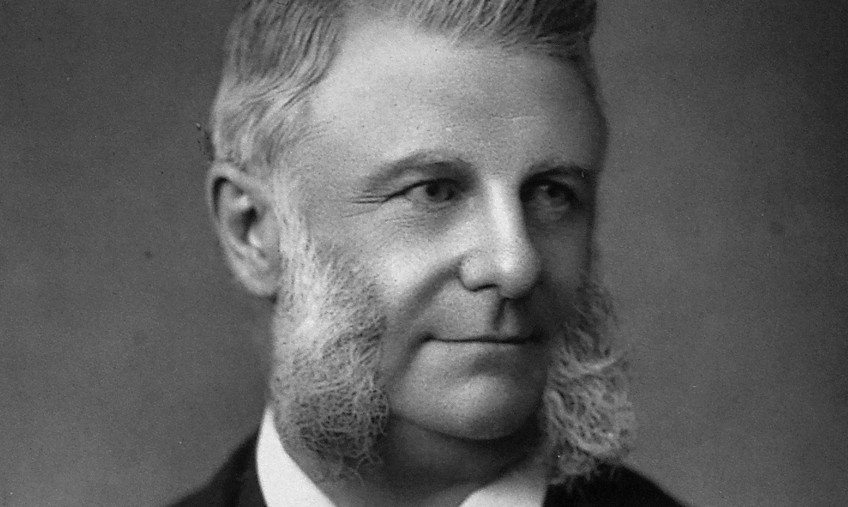He has done important studies on explosives: Who is Frederick Augustus Abel?
Perhaps Abel's most important contribution to explosive chemistry was his solution to the problem of cotton gunpowder production.

(1827-1902) English chemist. He made important studies on explosives. He was born on 17 July in Woolwich, near London. After studying chemistry at the Royal College of Chemistry, he became an assistant at St Bartholomew's Hospital in London in 1851. He became interested in explosives in 1852 when he taught at the Royal Military Academy. Abel, who was brought to the government adviser as an explosives expert, was awarded the title of "Sir" in 1893 and the Royal Medal in 1897. He was elected director of the Imperial Institute that same year, and president of the British Association in 1890: he died in Westminster on 6 September.
In 1889, Abel, together with Sir James Dewar, developed an explosive consisting of 58% nitroglycerin, 37% nitrocellulose, and 5% petrolatum. This explosive, which is a highly destructive compound, was called "cordite" and its production began in the Royal Gunpowder Shop the very next year. Perhaps Abel's most important contribution to explosive chemistry was his solution to the problem of cotton gunpowder production. Indeed, the biggest drawback of this powerful explosive, which Schönbein obtained by impregnating cotton with nitric acid in 1845, was its self-explosive feature without being ignited. This is both production and storage. The production of cotton gunpowder was banned all over Europe, as it posed a great danger during the war. Abel, who succeeded in purifying the explosive from the free acids in its composition with a long-term and careful washing method, prevented these uncontrollable explosions and ensured the restart of cotton gunpowder production. Later, Nobel took advantage of Abel's invention while developing dynamite. Apart from these, Abel found the flash point of oil and developed a tool to determine this point while he was investigating the explosion of the firedamp in the mines.
WORKS:
Guncotton, 1866;
The Modern History of Gunpowder, 1866,
Electricity Applied to Explosive Purposes.
